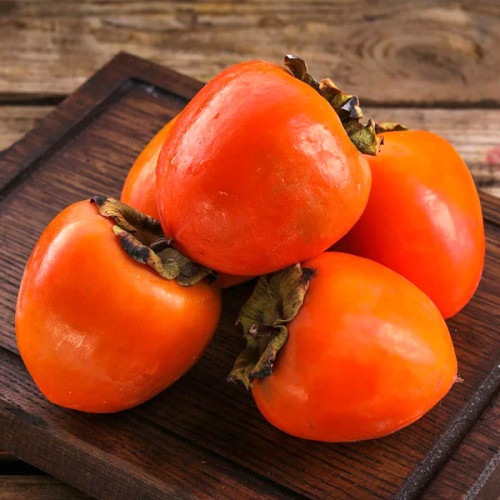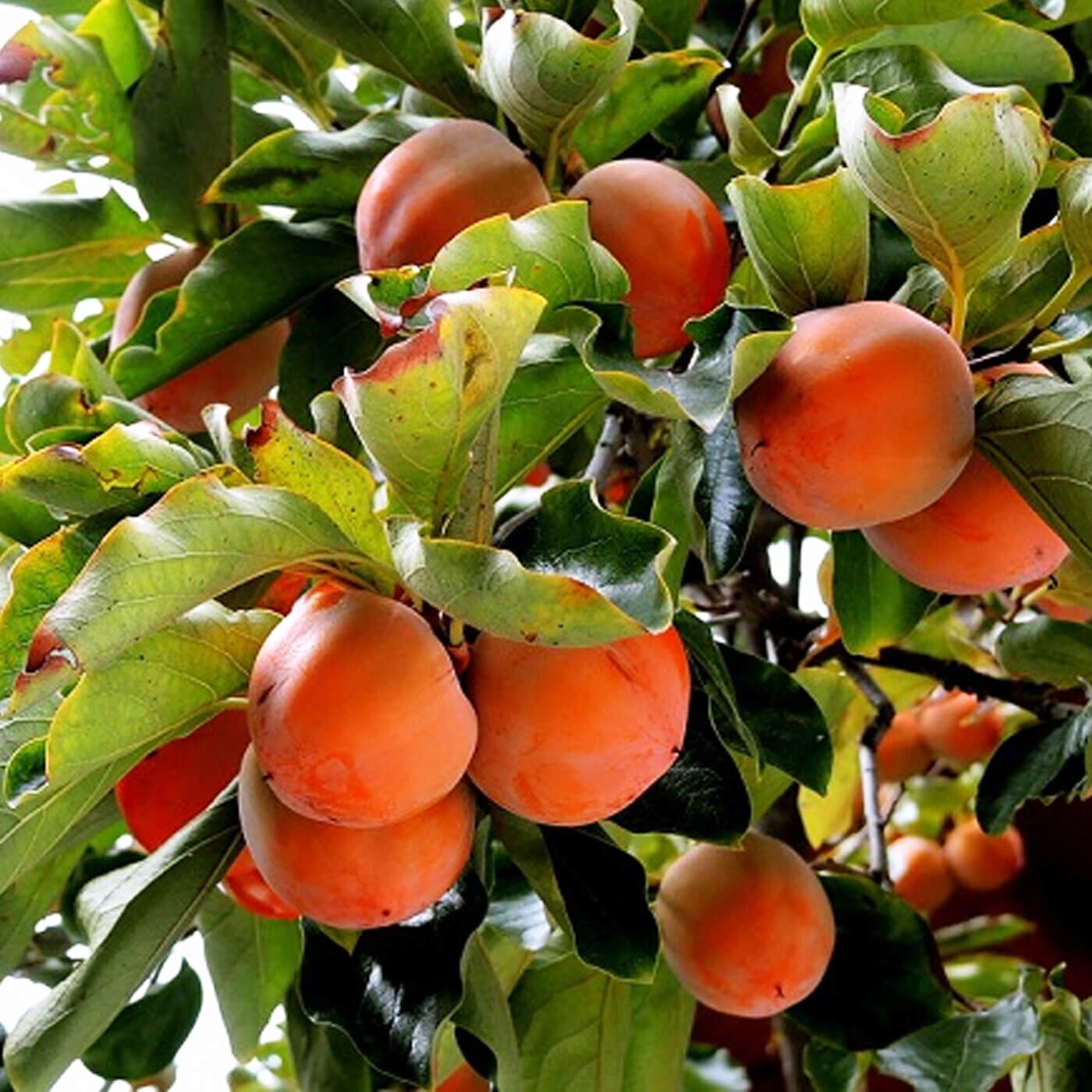Whether or not it is necessary to peel persimmons depends on several factors. In this article you will learn how to best consume the sweet exotic fruits and what you should bear in mind when doing so.
Whether you peel persimmons or not depends on your preferences. Basically, the skins of the persimmons are edible and you can eat the orange fruits with their skins.
Unripe persimmons do not taste good due to the high tannin content. Therefore, when shopping, you should consider whether you want to eat the persimmons right away or in a few days. In this article, you will not only learn how to eat persimmons correctly, but also how to recognize and influence the right degree of ripeness.
The persimmon is the sweet fruit of the persimmon tree and originally comes from Asia. Persimmon trees need warmer growing areas because they are not frost-resistant. There is therefore no significant commercial cultivation of the orange fruit in Germany. Most of the growing areas are in China, Korea and Japan.
There are now also European kakis on the market, for example from Spain. In order to avoid long transport routes, you should prefer these fruits to those from Asia. If possible, buy kakis in organic quality: they are free of chemical-synthetic pesticides.
Peeling persimmons: you should know that

You don’t have to peel persimmons to eat them. However, there are a few basic things you should keep in mind if you want to eat persimmons with the skin on.
Use organic persimmons as their skins are untreated. In principle, however, you can also eat the skin of conventionally grown fruits.
You should always wash fruit thoroughly before eating. More about this here: Washing fruit properly: What to do about pesticides on the skin?
Depending on the type of persimmon, the skin varies in thickness. Thick-skinned specimens taste better peeled.
This is how you eat persimmons correctly
Wash the persimmons thoroughly with cold water.
Halve the fruit lengthwise.
Remove the hard carpels and the light-colored base of the stalk.
Cut the fruit lengthwise into four or eight wedges.
Whether you peel the kaki or eat it with the peel is up to you. If you want to peel the persimmons, cut the flesh off the skin, similar to a melon.
Scoop out persimmons
When persimmons are fully ripe and very juicy, they are easier to spoon than to cut:
Wash the persimmons thoroughly with cold water.
Halve the fruit lengthwise.
Using a small spoon, scoop the insides of the persimmon straight out of the shell.
Recognizing the right degree of ripeness of persimmons

In order to withstand the long transport routes, the harvested persimmons are usually still unripe. Unripe persimmons contain a high proportion of the vegetable tanning agent tannin. When you eat them, this gives you a furry sensation in your mouth. However, tannins are not harmful to health. As it ripens, the sugar content in the persimmon increases and the orange fruit tastes juicy and sweet.
In addition to the actual kaki, you will also find the cultivated forms in the trade
honey apple
persimmon and
Sharon.
The cultivated forms contain significantly less tannin and you can therefore eat them in a harder state.
This is how you can tell that the persimmon is ripe
The persimmon is ripe when it is very soft. The persimmon has reached the perfect degree of ripeness when the pulp shimmers through the skin with a glassy sheen. Fully ripe persimmons yield slightly when pressed lightly with your fingers. The shell should not show any brown spots or dents.
Transport and store ripe persimmons
When fully ripe, the persimmon is very sensitive to pressure. Therefore, make sure that you pack ripe persimmons to protect them from pressure when you buy them, so that you can transport them home safely. Store ripe persimmons refrigerated and eat within a day or two.
Allow unripe persimmons to ripen
If the persimmon is not yet ripe, you can store it next to bananas or apples for a few days. These secrete ethylene, which stimulates other fruit to ripen faster.
